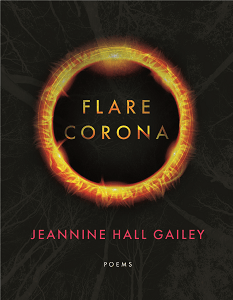More About Japan
And here’s a little bit about risk and probability and what we can learn from Fukushima – thanks for the link from Dorianne Laux.
The bottom line is, for companies, human costs are usually not as important as profits, and therefore, nuclear stuff isn’t built as safely as it should be.
Roland Kelts writes a beautiful meditation here on how physical distance from the tragedy has been affecting him: http://japanamerica.blogspot.com/2011/04/disaster-and-distance.html
Disaster narratives have been woven into the fabric of Japan’s art – ancient prints of giant waves hanging in museums, numerous tsunami-savior stories told to children, stone tablets set in the ground warning people not to build below a certain point. The famous Gamera and Godzilla movies, where the monsters were metaphors all about the ravages of the nuclear threat. I heard several versions of the following story, called “The Burning Rice Fields,” while I was researching “She Returns to the Floating World.” Here is one version of it I found online. The version I originally heard involved some self-sacrificing cooperation between an elderly farmer and a fox, and it inspired this poem from “She Returns to the Floating World.”:
“The Fire of Foxes”
In another story a man lights a fox on fire to save others, to warn them of tsunami. The fox is a willing partner, burning brightly in the night to tell the village and his own people to flee. The men and foxes see the fire and run. The water comes and swallows the burning fox, the old farmer who lit him, and all the farmland. But the families of fox and man are safe. The rice smolders underwater. The fox is rewarded with eternal life; his eyes and tail become stars in the sky. At least that is the version I have learned by heart.


 Jeannine Hall Gailey served as the second Poet Laureate of Redmond, Washington and the author of Becoming the Villainess, She Returns to the Floating World, Unexplained Fevers, The Robot Scientist’s Daughter, and winner of the Moon City Press Book Prize and SFPA’s Elgin Award, Field Guide to the End of the World. Her latest, Flare, Corona from BOA Editions, was a finalist for the Washington State Book Award. She’s also the author of PR for Poets, a Guidebook to Publicity and Marketing. Her work has been featured on NPR’s The Writer’s Almanac, Verse Daily and The Year’s Best Fantasy and Horror. Her poems have appeared in The American Poetry Review, Poetry, and JAMA.
Jeannine Hall Gailey served as the second Poet Laureate of Redmond, Washington and the author of Becoming the Villainess, She Returns to the Floating World, Unexplained Fevers, The Robot Scientist’s Daughter, and winner of the Moon City Press Book Prize and SFPA’s Elgin Award, Field Guide to the End of the World. Her latest, Flare, Corona from BOA Editions, was a finalist for the Washington State Book Award. She’s also the author of PR for Poets, a Guidebook to Publicity and Marketing. Her work has been featured on NPR’s The Writer’s Almanac, Verse Daily and The Year’s Best Fantasy and Horror. Her poems have appeared in The American Poetry Review, Poetry, and JAMA.






